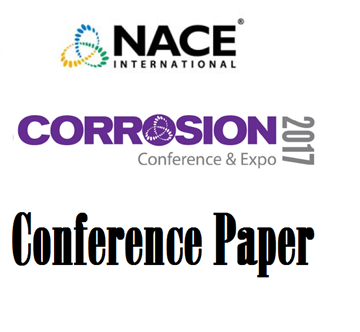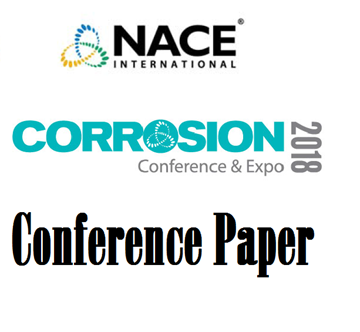Search
97288 A CRITICAL COMPARISON OF CORROSION MONITORING TECHNIQUES USED IN INDUSTRIAL APPLICATIONS
Also Purchased
02495 Comparison and Ranking of Techniques for Monitoring General and Pitting Corrosion Rates Inside Pipelines
Product Number:
51300-02495-SG
ISBN:
02495 2002 CP
$20.00
High Accuracy Ultrasonic Corrosion Monitoring
Product Number:
51317--8990-SG
ISBN:
8990 2017 CP
Publication Date:
2017
$20.00
51318-10607-Inspection Monitoring and Modelling: Past Present and Future
Product Number:
51318-10607-SG
Publication Date:
2018
$20.00




